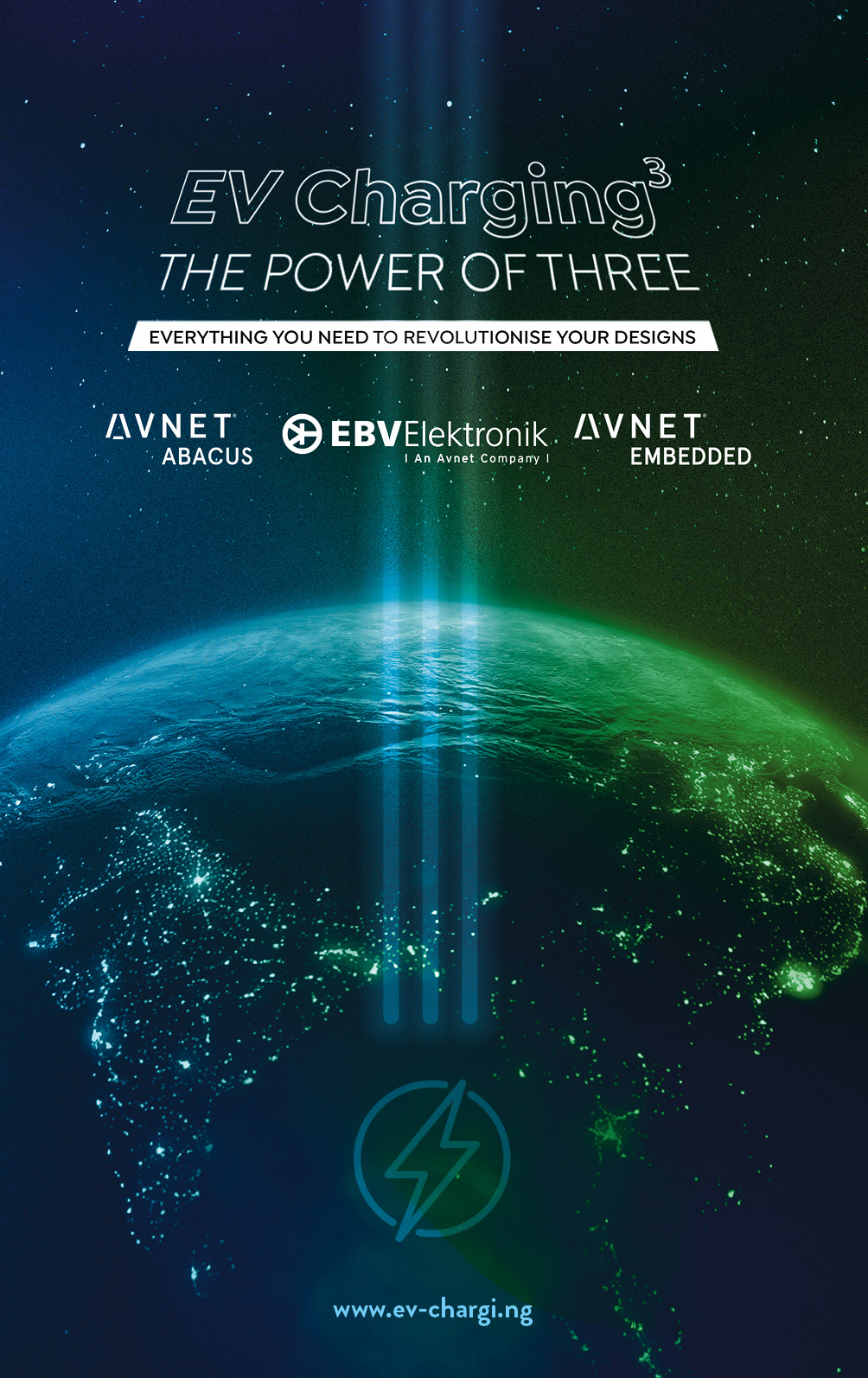When an electric vehicle is integrated into the electricity grid during charging, this doesn’t just result in more intelligent charging, but also enables a wide range of additional services. A smooth flow of information between the vehicle, charging station and the grid is required for this.
During charging, the charging station is not simply the central interface for the current flow, but also for communication – both between the vehicle and charging station and between the charging station and electricity grid.
Charging station and electric vehicle
In the case of communication between the vehicle and charging station, the volume of data exchanged depends on the type of charging operation.
In modes 2, 3 and 4, only information on the basic operating states is communicated. This is referred to as low-level communication and is regulated in IEC 61851. Information is shared via “pulse width modulation”.
“The charging station is the communication hub between the vehicle and the electricity grid.”
However, if functions such as balancing, Plug & Charge or bidirectional charging are to be possible (smart charging), high-level communication is required, which is regulated in DIN 70121 and ISO 15118.
A large amount of data can then be exchanged between the vehicle and charging station – for example information about the energy demand, the planned charging duration or information concerning the price and billing.
For charging stations as per the “Combined Charging System” (CSS) standard, power-line communication (PLC) is implemented on the basis of IP-based protocols.
For charging stations as per the DC GB/T or DC CHAdeMO standard, communication is carried out via CAN bus (Controller Area Network), which is widespread in the automotive industry.
Charging station and electricity grid
There are also special protocols for vehicle-to-grid communication between the charging station and the market participants on the grid side such as charging station operators, distribution grid operators, billing service providers, roaming networks and measuring site operators.
This includes the Open Charge Point Protocol (OCPP) developed by the Open Charge Alliance. It enables communication between a charging station and a billing/management system, i.e. the backend.
The IEC 63110 series of standards is an additional standard for communicating with the backend. In addition to just the communication protocol, the standard also defines the interface from the charging station to the backend. It therefore covers management of charging stations as well as all other associated infrastructure.
The Open Smart Charging Protocol (OSCP) was also developed by the Open Charge Alliance. It supports communication between the charging point and energy management systems.
The OSCP was originally developed to provide charging station operators with predictions about the local capacity available, in order for them to adapt the electric vehicle charging profiles.
The IEC 63119 series of standards regulates the information exchange for roaming, i.e. the use of various charging networks.



